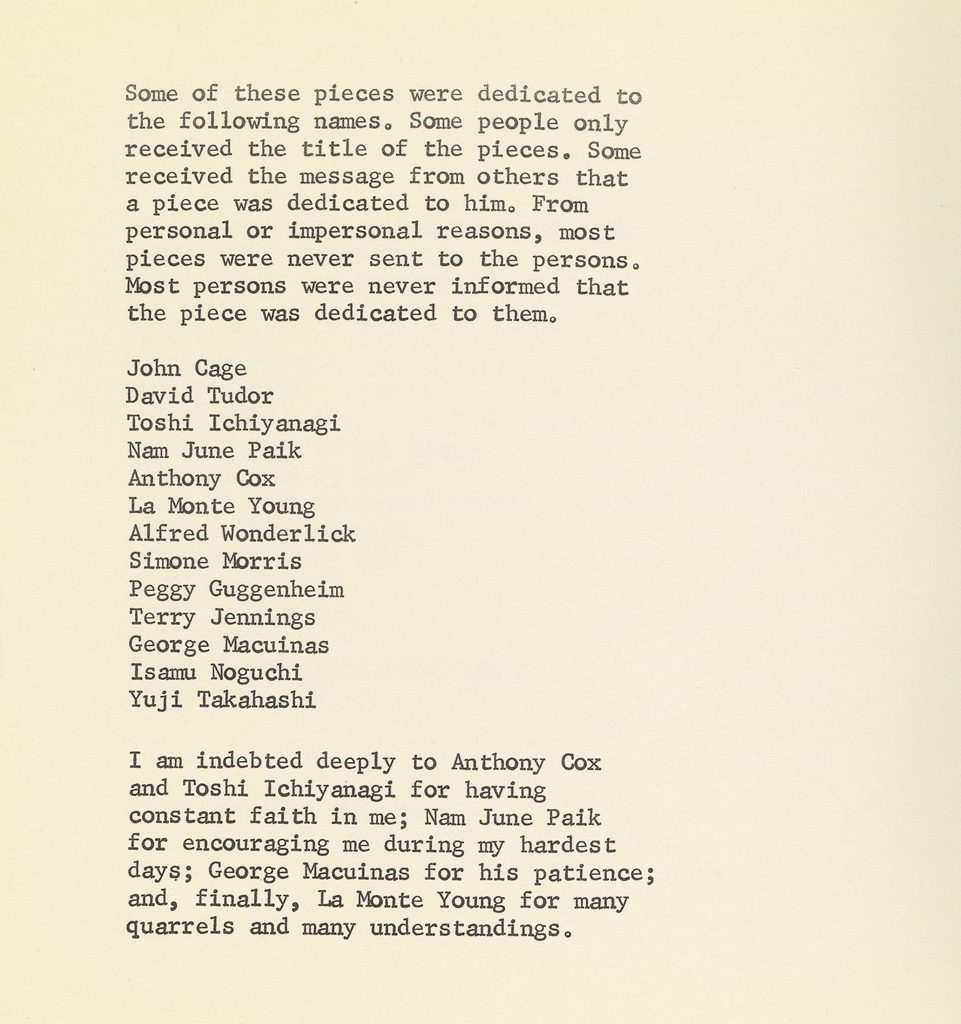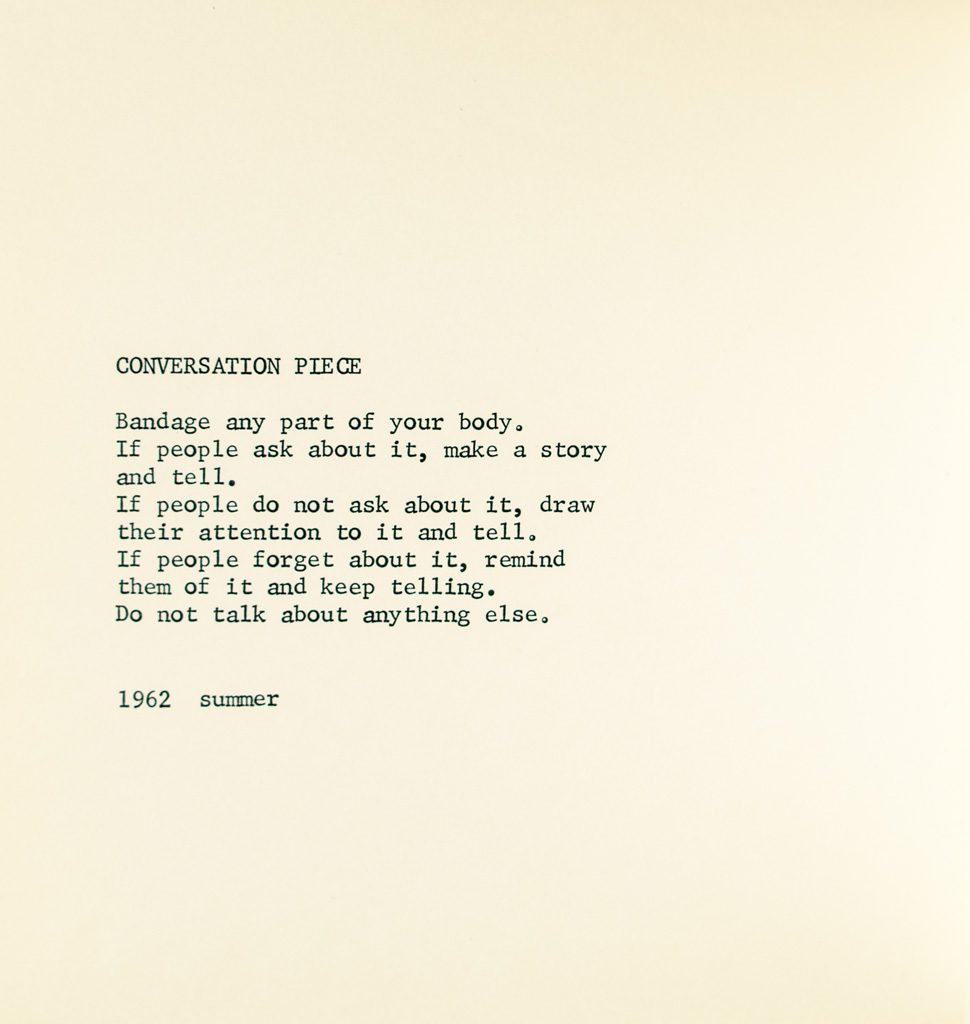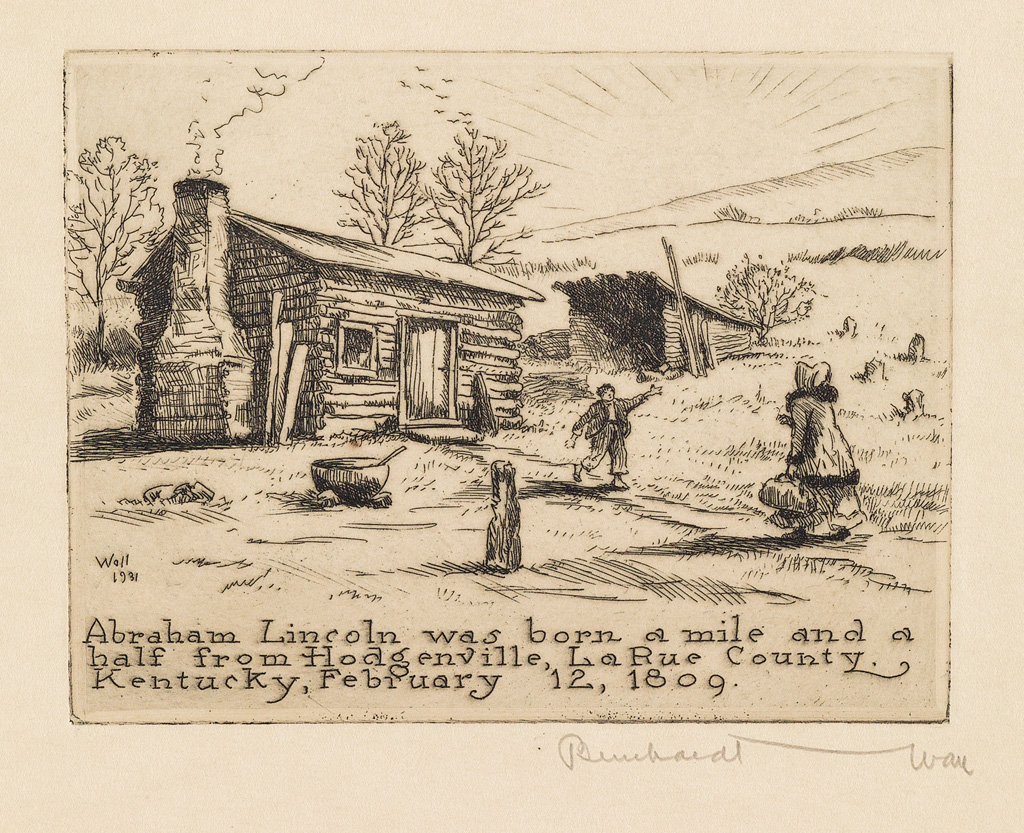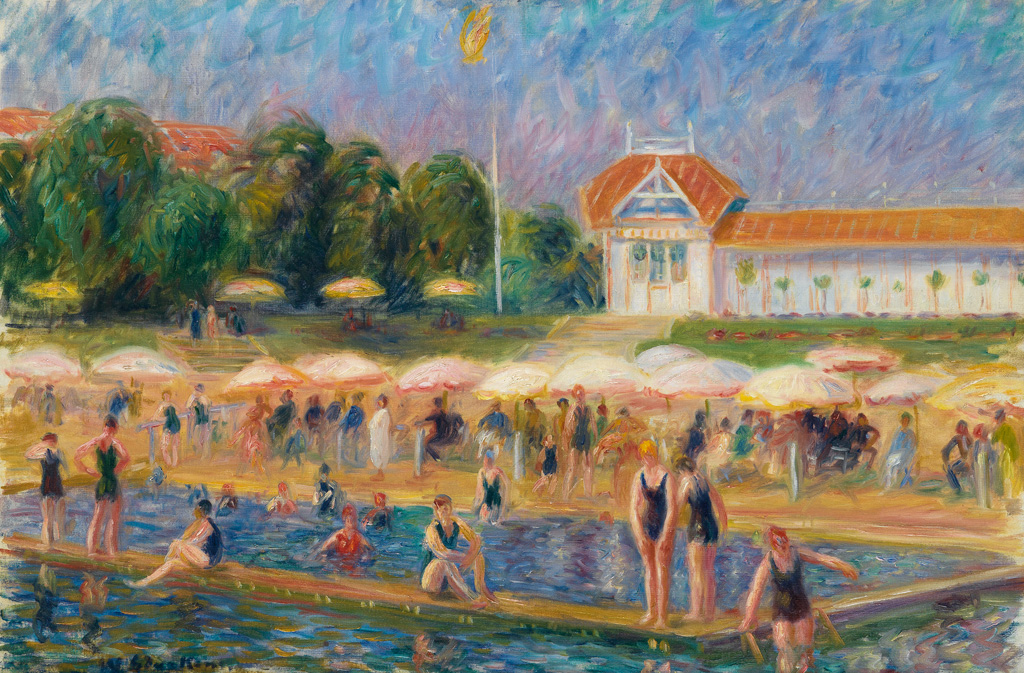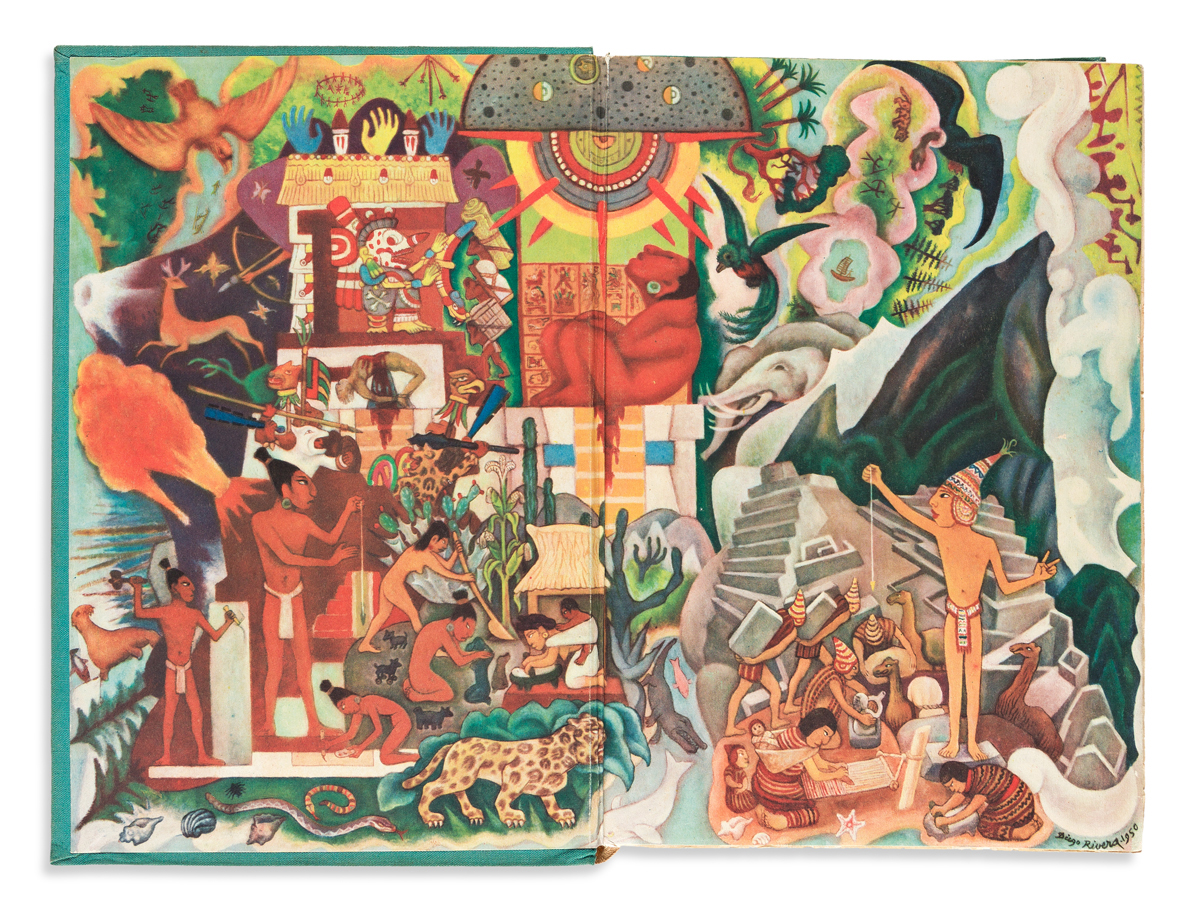Grapefruit: Yoko Ono’s Guide to Living Art
Visionary Yoko Ono created “event scores” as a way to encourage people to find art and beauty in their quotidian activities. A signed first edition of her seminal self-published book of event scores, Grapefruit, 1964, is a highlight in our June 13 auction of Art, Press & Illustrated Books.
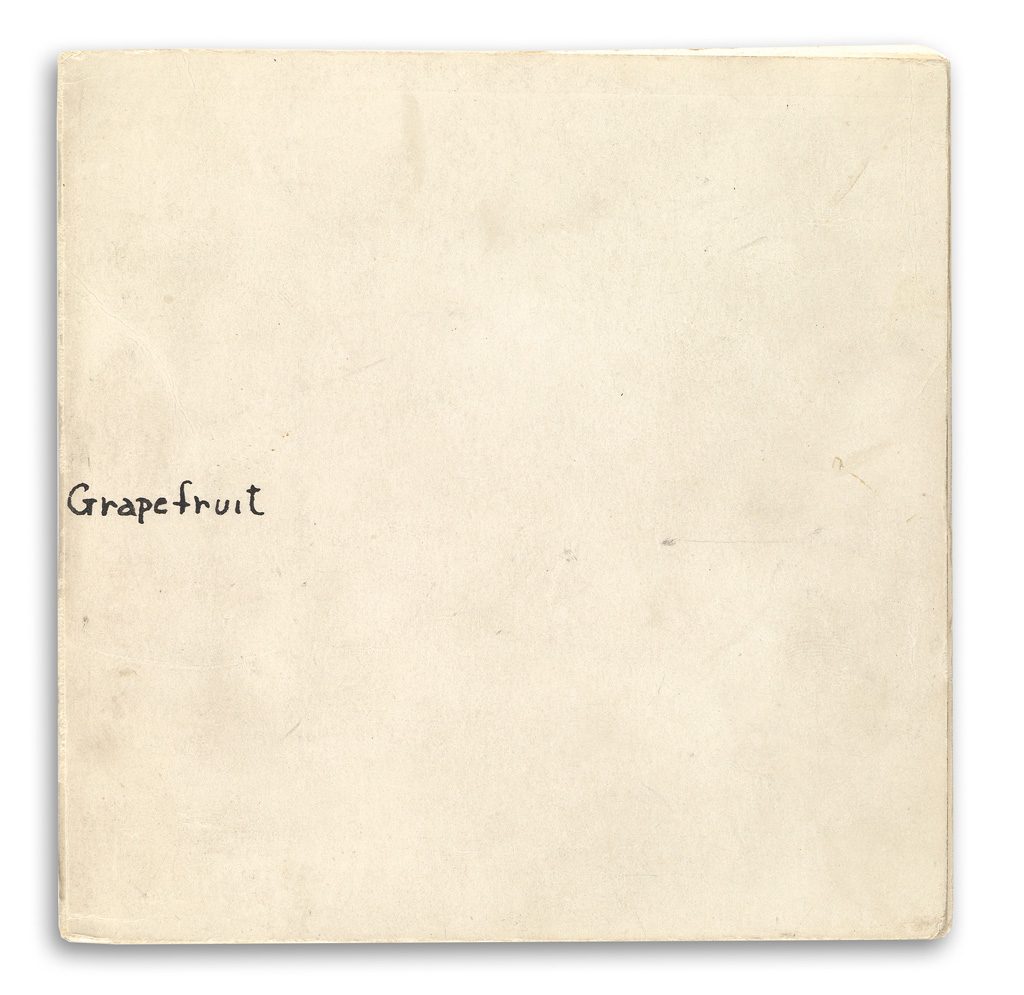
Lot 273: Yoko Ono, Grapefruit, limited first edition, signed, Tokyo, 1964. Estimate $4,000 to $6,000.
Ono’s event scores were intended to replace a physical work of art with written instructions or suggestions for acts that the person experiencing them could create. Pulse Piece, for example, suggests, “Listen to each other’s pulse by putting your ear on the other’s stomach. 1963 Winter.” The activities usually highlight a simple day-to-day activity. Often considered a Fluxus work, Grapefruit has become a monument of conceptual art. The title comes from the way Ono felt about herself: a hybrid between American and Japanese identities, the way a grapefruit is a hybrid between a lemon and an orange.
The book is divided into five sections titled Music, Painting, Event, Poetry and Object; later editions added Film and Dance. The instructions are preceded by dedications to contemporary figures of arts and letters including John Cage, Peggy Guggenheim, George Maciunas,Isamu Noguchi, Nam June Paik and La Monte Young, and also includes documentation relating to Ono’s recent exhibitions and performances.
Grapefruit was a primary inspiration for John Lennon’s 1971 hit song Imagine, saying later that it “should be credited as a Lennon-Ono song because a lot of it—the lyric and the concept—came from Yoko… There’s a whole pile of pieces about ‘Imagine this’ and ‘Imagine that.'”
Find more art books in our full catalogue.
